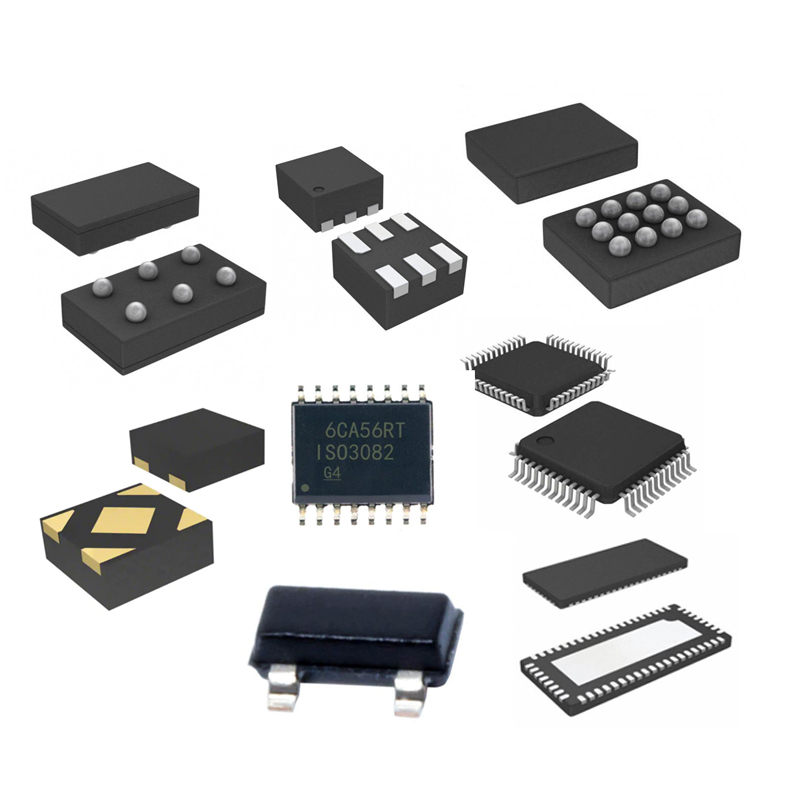
A hot chip does not necessarily mean that the chip is broken. Under normal working conditions, the IC chip will generate a certain amount of heat, which is generated by the operation of the internal circuit of the chip. Therefore, moderate chip heating is a normal phenomenon and does not necessarily mean that the chip has been damaged.
However, if the temperature of the chip is too high, it may have a negative impact on the performance and life of the chip. Generally speaking, different IC chips have different maximum operating temperatures (also called peak junction temperature or Tjmax). If the temperature of the chip exceeds its maximum operating temperature, it may cause chip failure or damage.
Generally speaking, the peak junction temperature of common IC chips is usually between 80℃ and 125℃. For example, the peak junction temperature of CPU chips is usually between 80℃ and 100℃, while the peak junction temperature of some high-performance processors is usually between 80℃ and 125℃. Probably higher. At the same time, some special application scenarios require the use of chips with a wider operating temperature range.
Therefore, if the heat of the chip is too obvious or exceeds its maximum operating temperature, timely measures need to be taken to dissipate or cool down the heat to avoid adverse effects on the chip. At the same time, if the chip is suspected to be damaged, relevant tests and diagnostics can be performed to determine whether it needs to be replaced.
In order to prevent the chip from overheating, some heat dissipation measures are usually taken, such as setting up heat sinks or cooling fans around the chip, or using thermal conductive glue to connect the chip to the heat sink. In addition, the chip's design and manufacturing process can also be optimized to reduce the chip's power consumption and heat generation.
If you suspect a chip is damaged, there are some tests and diagnostics you can do to determine if it needs to be replaced. Commonly used testing methods include:
Stress test: Test the chip by applying a certain voltage and current to detect the working status and reliability of the chip.
Temperature test: By heating or cooling the chip, measure the temperature change of the chip to evaluate its heat dissipation performance and operating temperature range.
Functional test: Test the input and output signals of the chip to detect whether the function of the chip is normal.
Appearance inspection: Observe and inspect the appearance of the chip to determine whether there is physical damage or burnout.
In summary, it is normal for the chip to heat up, but too high a temperature may cause the chip to fail or be damaged. Therefore, in practical applications, it is necessary to determine the maximum operating temperature according to the chip's design and specifications, and take corresponding heat dissipation measures to ensure the normal operation and life of the chip. If you suspect that a chip is damaged, you can perform tests and diagnostics to determine if it needs to be replaced.
Eurotech is a worldwide supplier and exporter of electronic components, specializing in ICs, LCDs, Memory, Chips, computer parts, networking equipments and other passive components.
Tel: (86) 755 83952292
E-mail: info@eurotech-ic.com